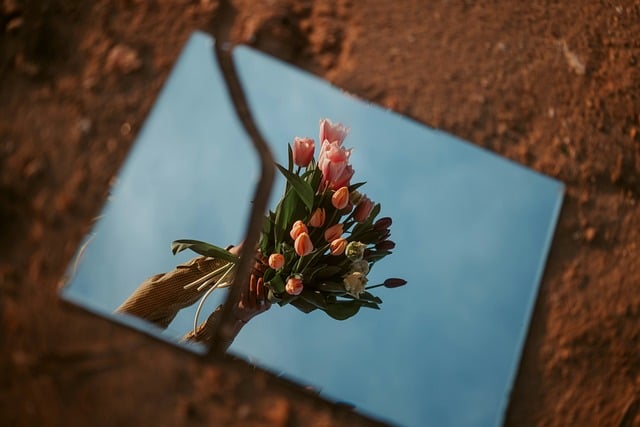Exploring Reflected Visual Elements in Painting
When we gaze upon a painting, our eyes often seek more than just the surface; they crave depth, emotion, and a story that resonates. One of the most captivating techniques that artists use to achieve this is the incorporation of reflected visual elements. These subtle or striking reflections not only enhance the realism of a piece but also invite viewers into an intimate dialogue with the artwork, unlocking layers of meaning and emotional resonance.
Imagine standing before a portrait where the glimmer of a tear is mirrored in the glossy sheen of a nearby glass, or a landscape where the tranquil waters perfectly echo the silhouettes of trees and sky above. Such reflected imagery creates a powerful interplay between reality and illusion, grounding viewers in familiar sensations while also provoking contemplation about perception and truth.
In many paintings, reflections serve as a metaphorical bridge—between the conscious and subconscious, the self and the surroundings, or past memories and present experiences. They can suggest introspection, duality, or fleeting moments caught in time. The viewer might feel a sense of nostalgia or a quiet reverence for the ephemeral beauty encapsulated through these mirrored visuals.
The skillful depiction of reflections also showcases an artist’s mastery over light and texture. Capturing the nuanced distortions and fragmented glimpses that reflections often present requires a keen eye and technical prowess. It’s in the delicate ripples on water, the shine on polished surfaces, and the interplay of shadows that reflected elements bring a painting to life.
Moreover, reflected visual elements can guide the composition and narrative flow within a painting. By echoing shapes and colors through reflections, artists create balance, harmony, and rhythm, subtly directing the viewer’s gaze to focal points. This rhythmic repetition often enhances emotional impact, making the artwork feel more immersive and dynamic.
Exploring paintings with reflected visual elements invites us to slow down and engage more deeply. We become participants, as the reflections reflect not only the depicted scene but also our own perspective and feelings. This intimate interaction between art and viewer is part of what makes painting such a timeless and profound form of expression.
Next time you find yourself drawn to a painting, look closely for those mirrored moments. Let the reflected visual elements draw you in, encouraging you to see beyond the obvious and appreciate the subtle beauty that dances between reality and reflection.
